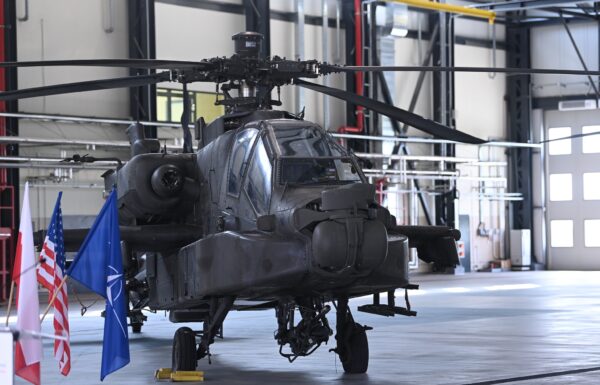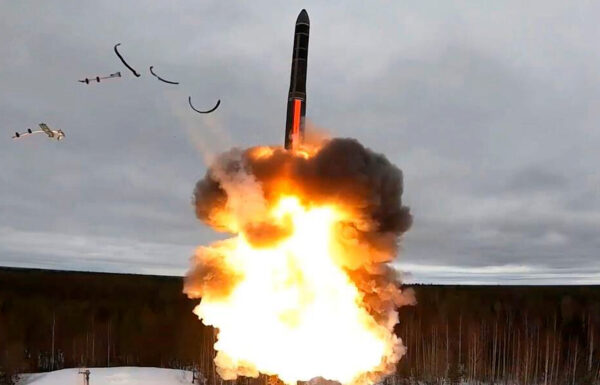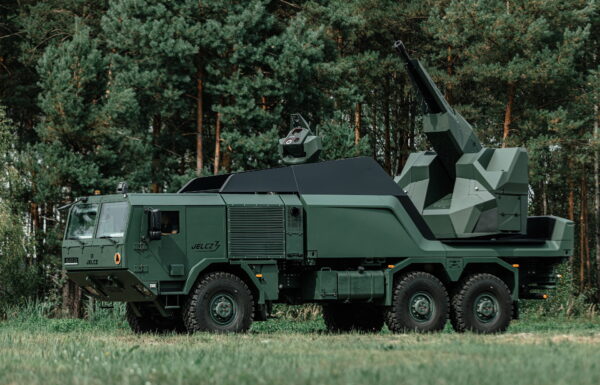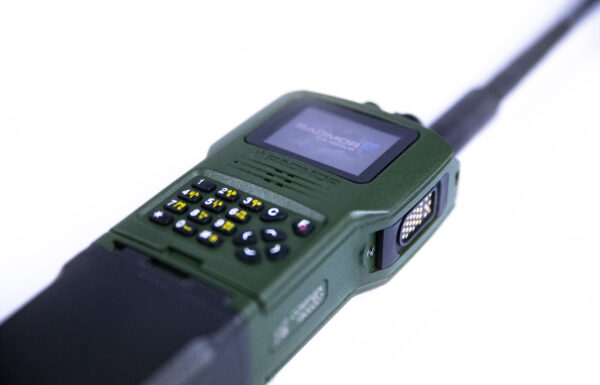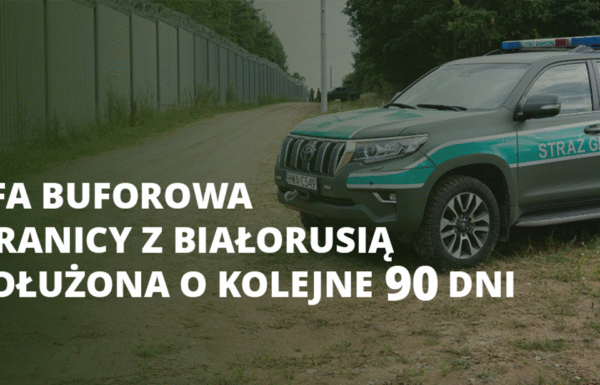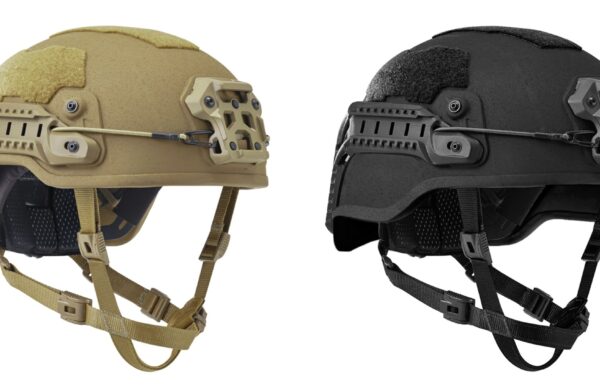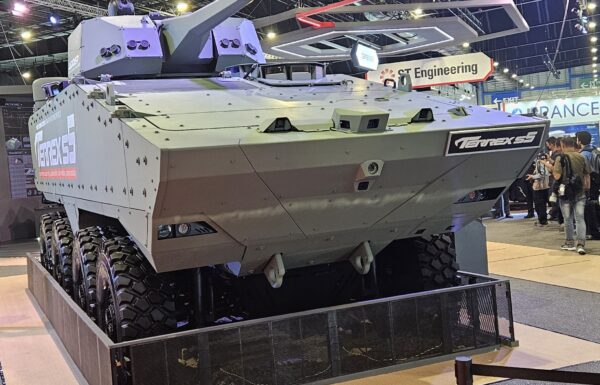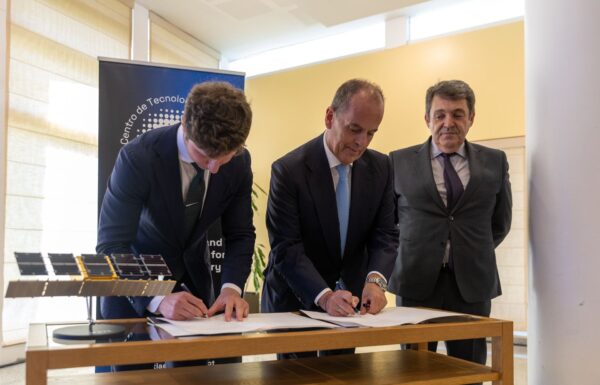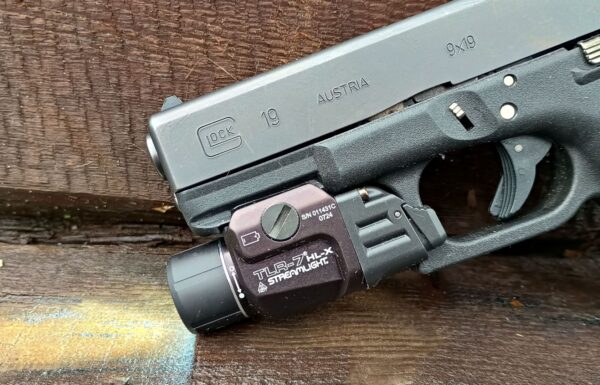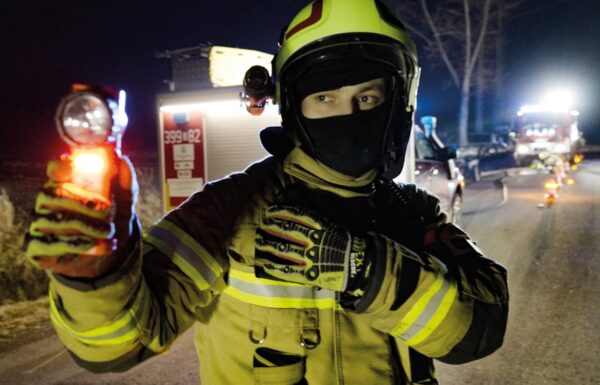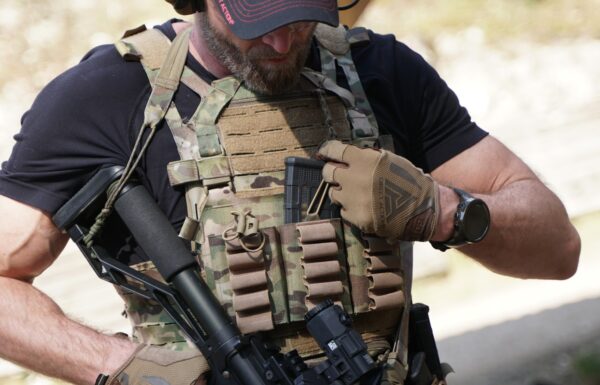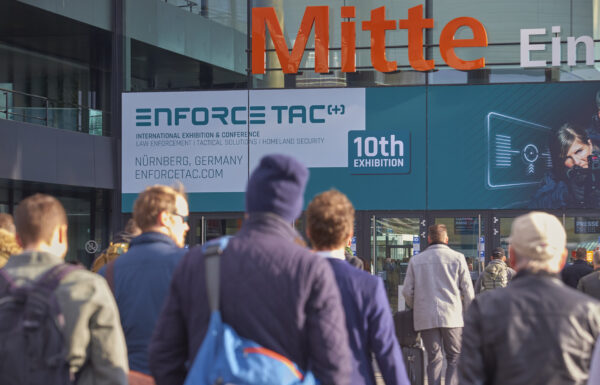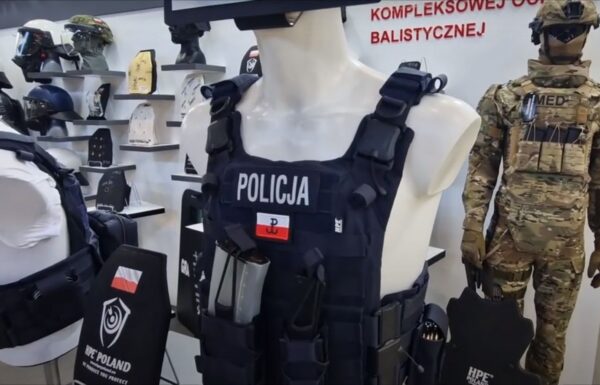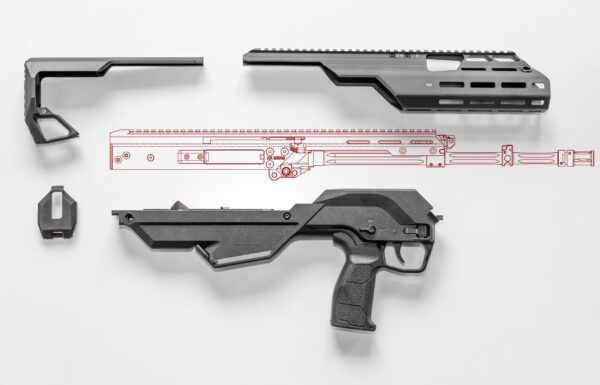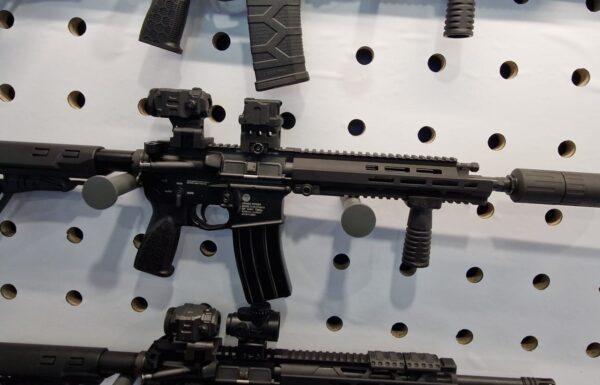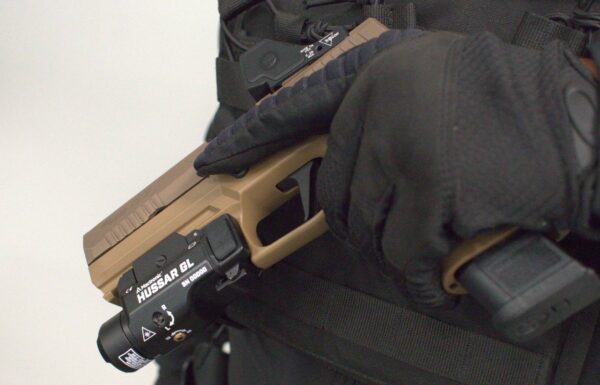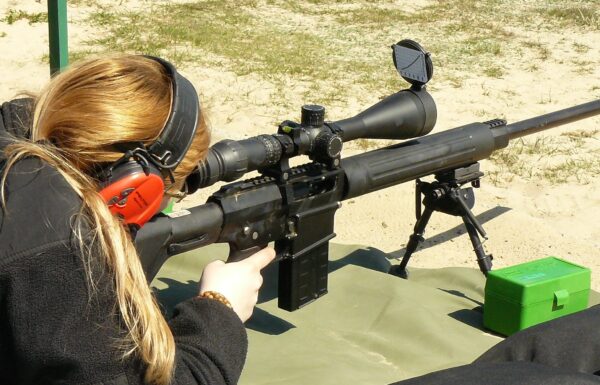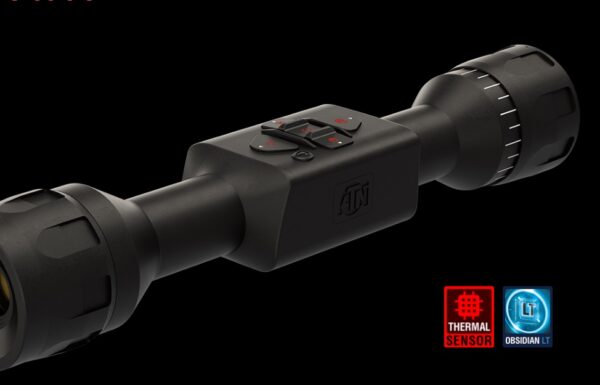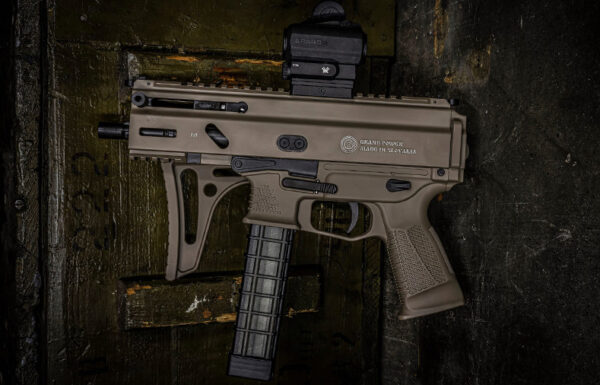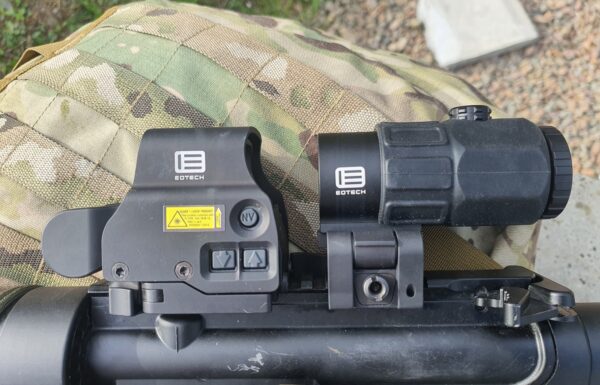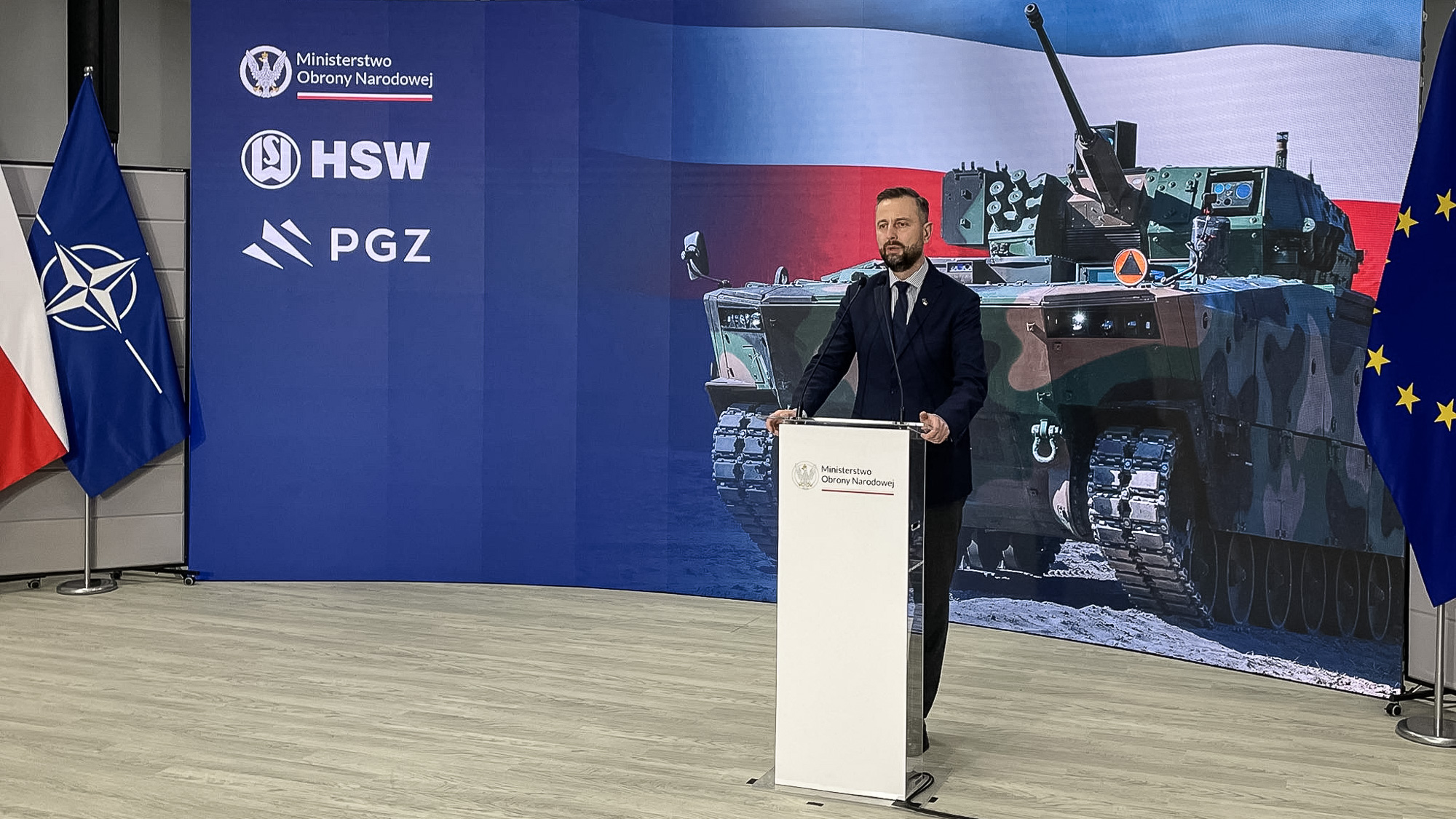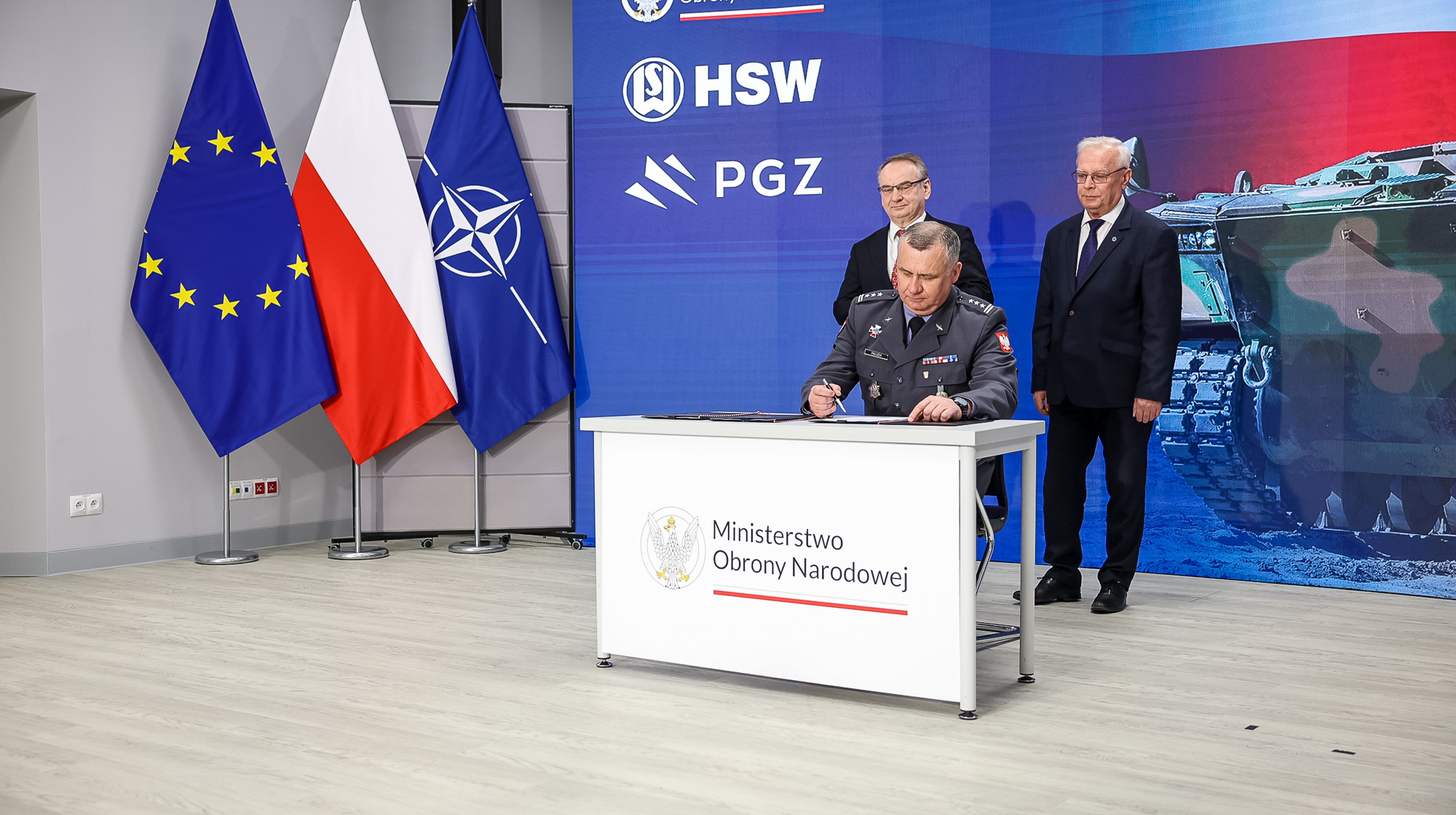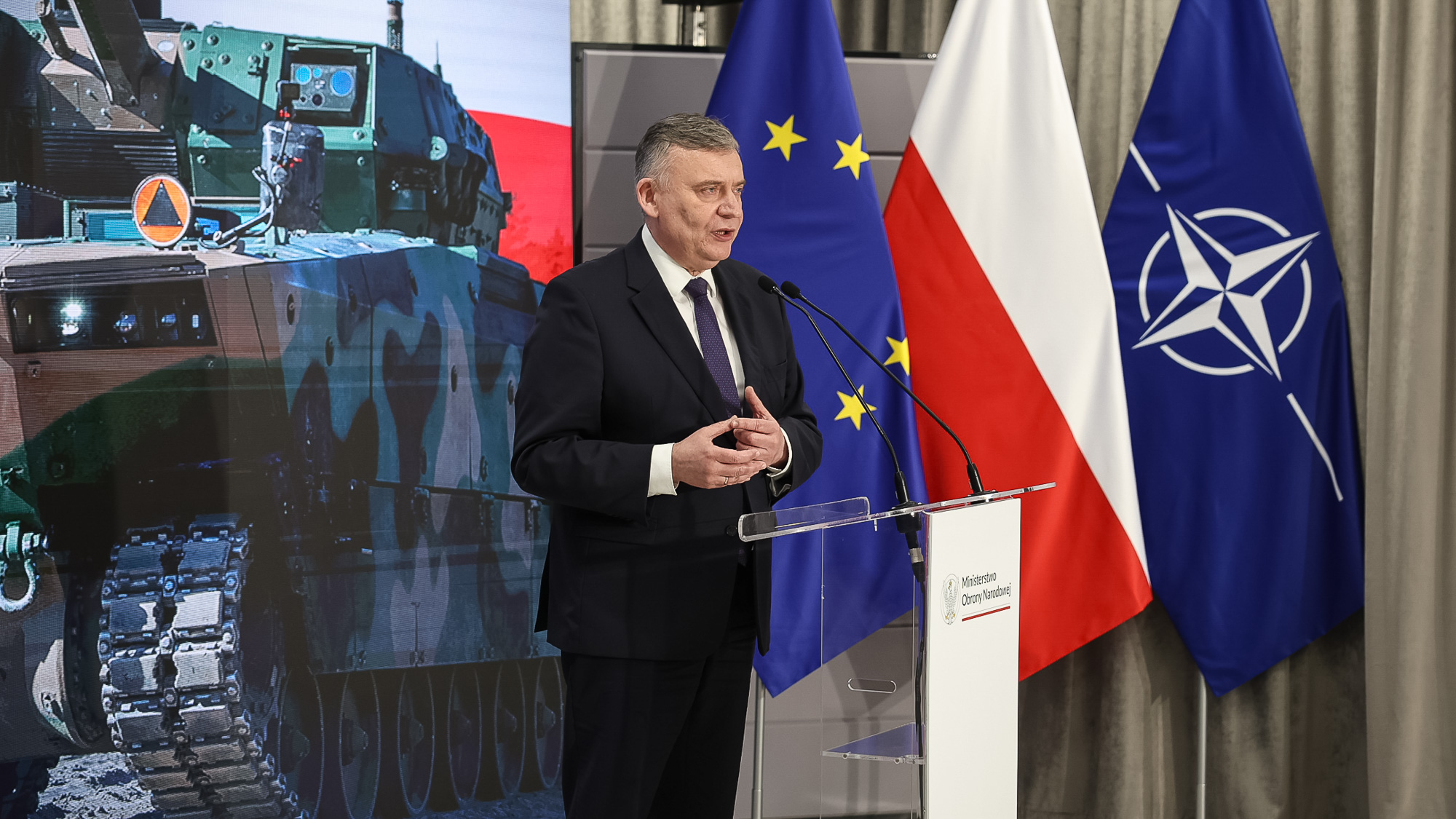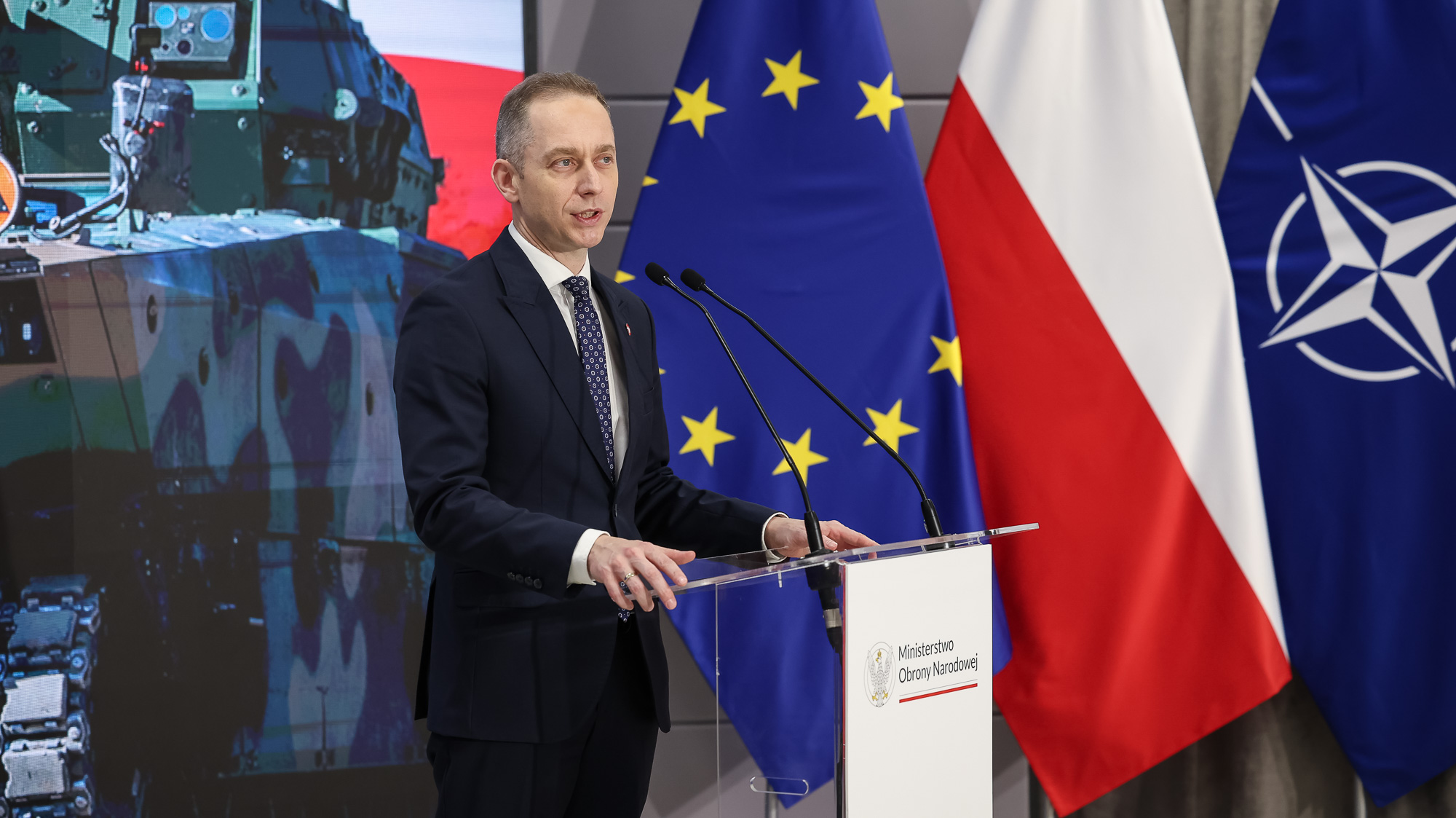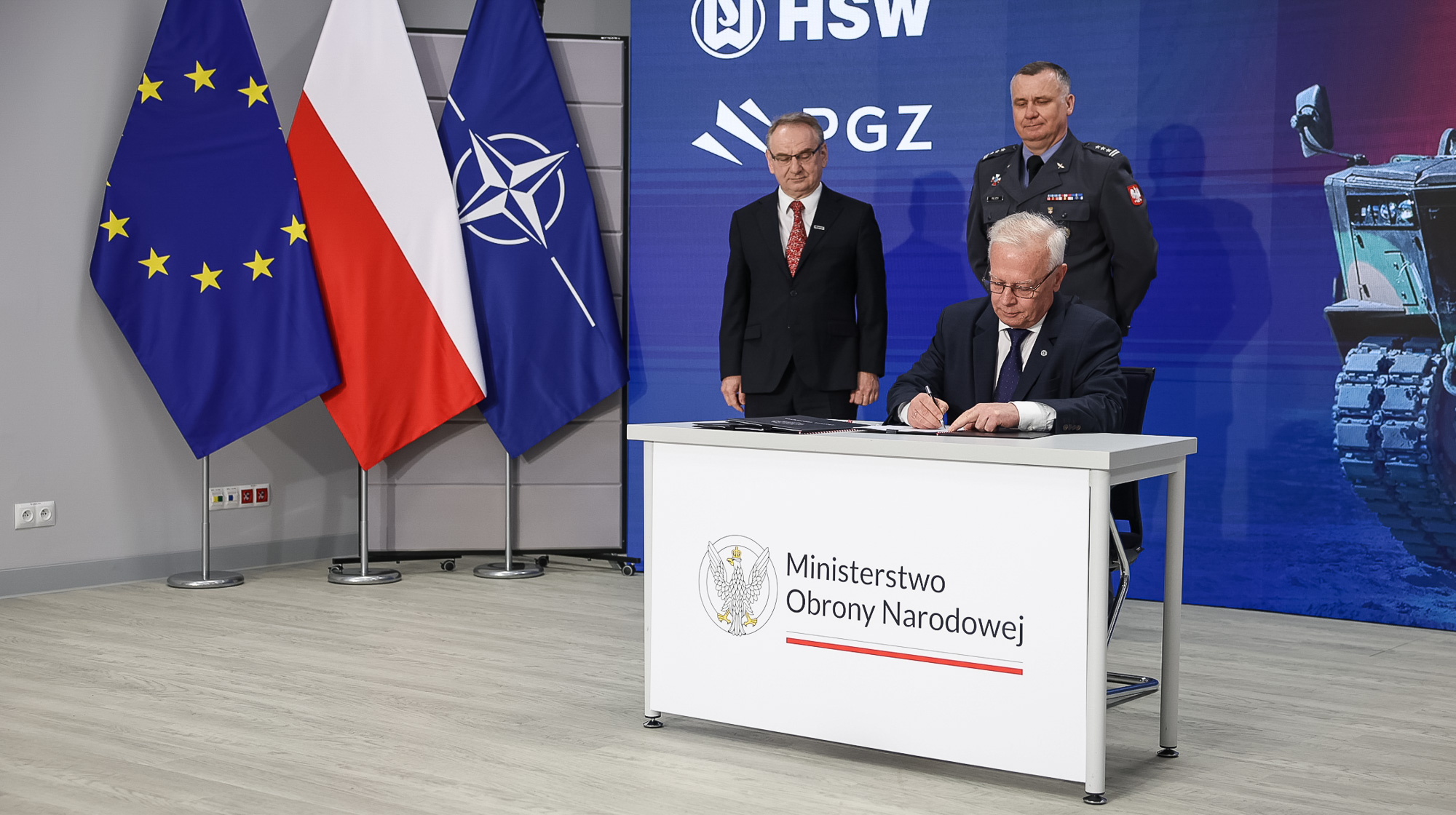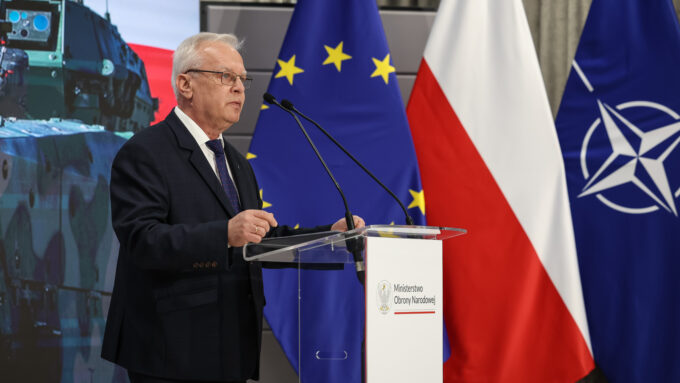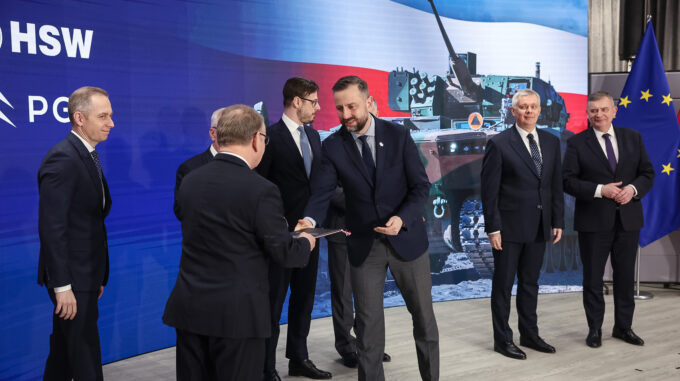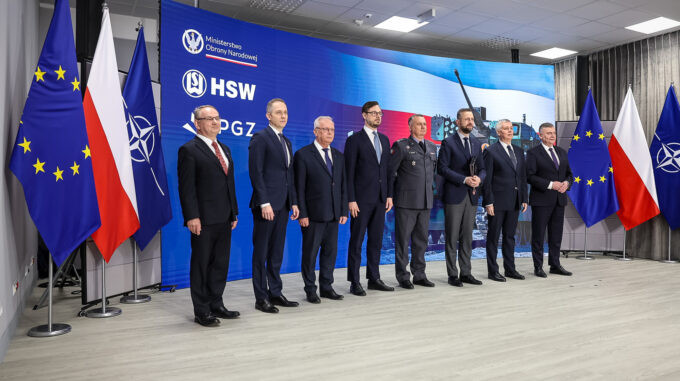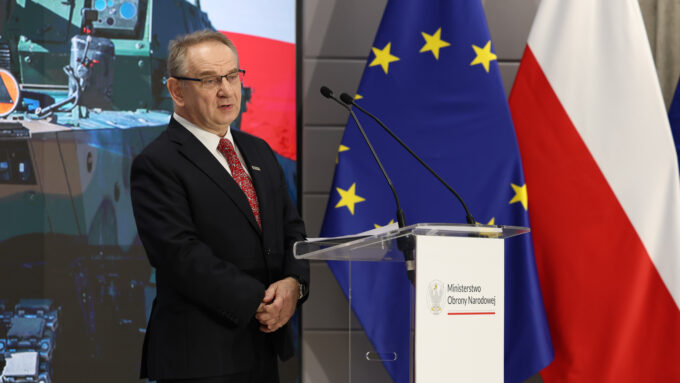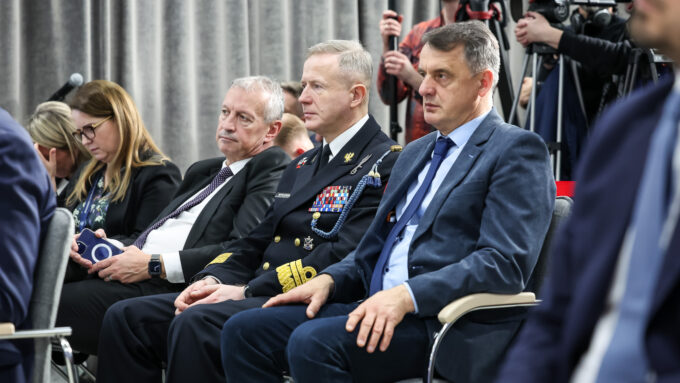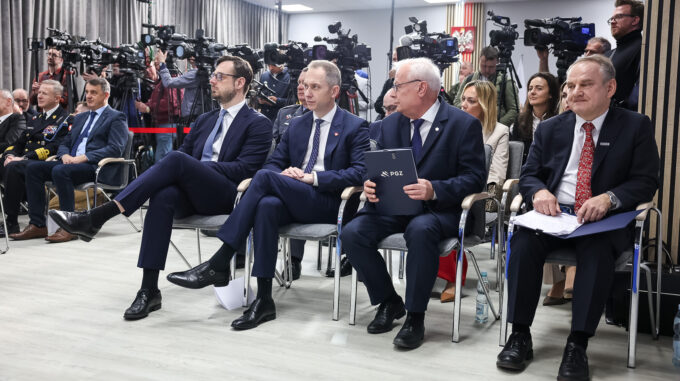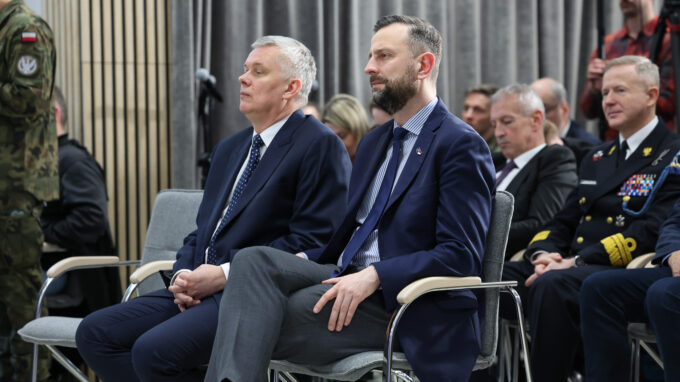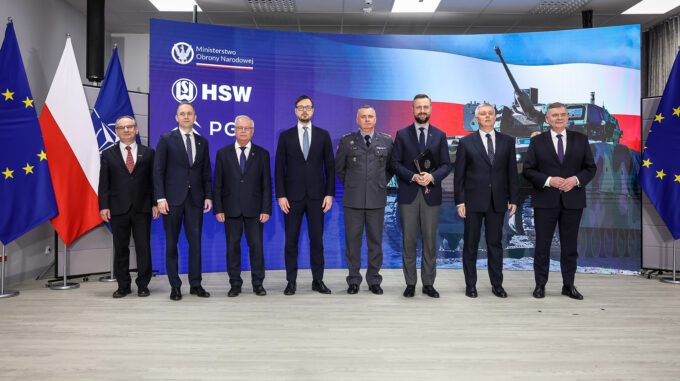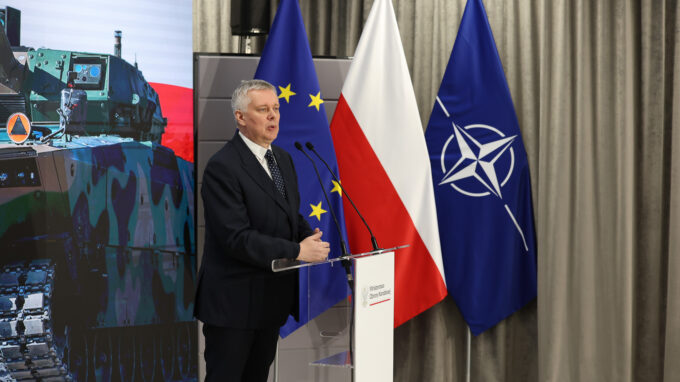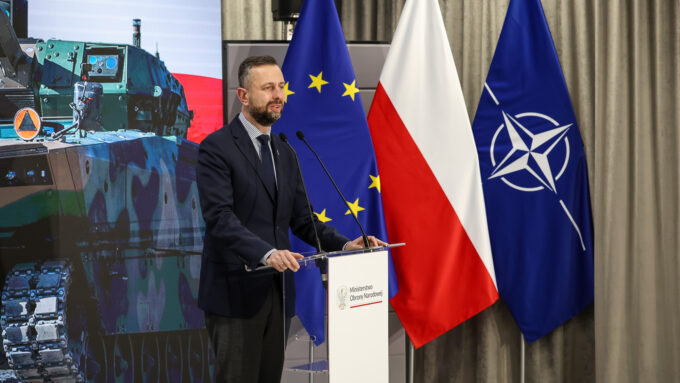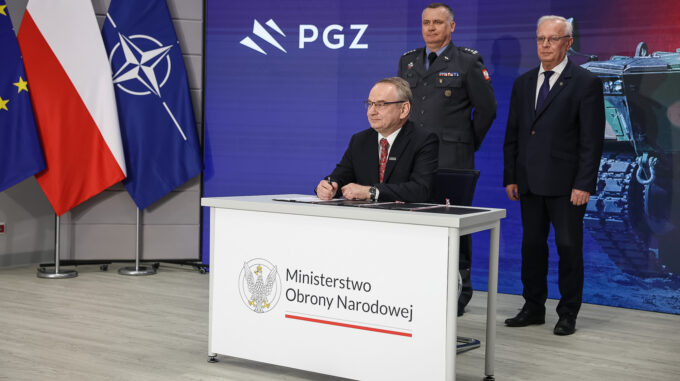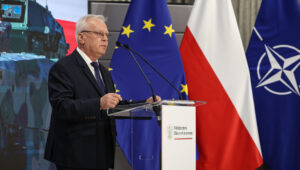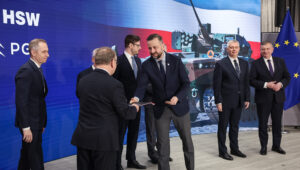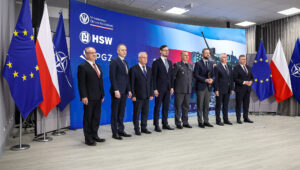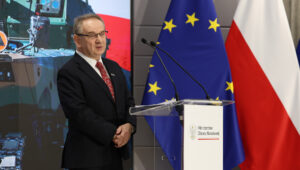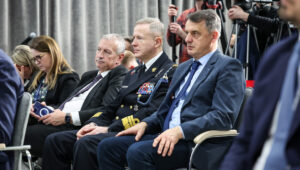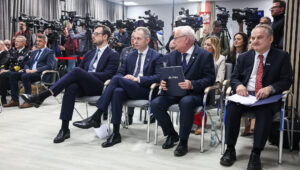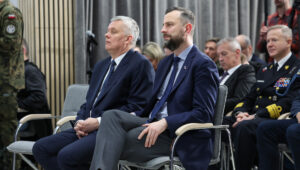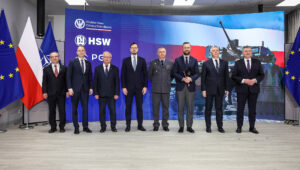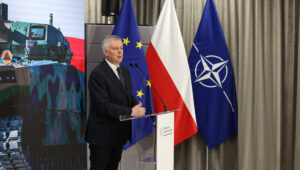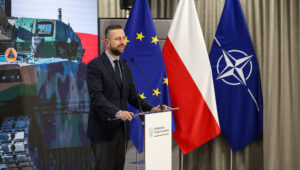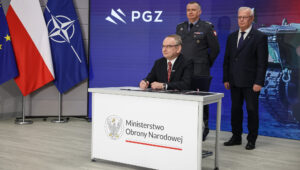On Thursday, March 27, 2025, in Warsaw, the first contract for the delivery of Borsuk infantry fighting vehicles was signed in the presence of Deputy Prime Minister and Minister of National Defence Władysław Kosiniak-Kamysz; Secretaries of State at the Ministry of National Defence, Paweł Bejda and Cezary Tomczyk; Minister of the Interior and Special Services Coordinator Tomasz Siemoniak; and Minister of State Assets Jakub Jaworowski.
The contract, signed between the Armaments Agency – representing the State Treasury of the Republic of Poland – and a consortium comprising the Polish Armaments Group (PGZ) and Huta Stalowa Wola (HSW), concerns the delivery of 111 Borsuk infantry fighting vehicles. The gross value of the agreement is approximately 6.57 billion PLN. Deliveries are scheduled to take place between 2025 and 2029. The contract also includes a training and logistics package, the development of Technical Documentation for Serial Production, a Commissioned Acceptance Testing Program, and the execution of those tests.
It is worth emphasizing that the Borsuk IFV is a key response to the current and future needs of Poland’s mechanized forces. It is expected to become the dominant solution in this segment within the Polish Armed Forces. The generational replacement of legacy, Soviet-era BMP-1 vehicles will require a significant ramp-up in the manufacturer’s production capacity to urgently enhance the defense potential of the Polish Armed Forces.
“This is a historic moment. This is something that generations of Polish soldiers have been waiting for, and so have all those who worked on developing the Borsuk: on achieving its full readiness and making it available for acquisition by the Polish Armed Forces. In 2014, a decision was made to begin research and development of a Polish IFV with full capabilities, to be produced domestically. (…) Today, it is the subject of a signed contract. It’s becoming a reality — an action we have long awaited. (…) The 6.5 billion złoty – the value of the contract for 111 Borsuk vehicles – will go to Huta Stalowa Wola, but also to all the project’s cooperating partners,” said Deputy Prime Minister Władysław Kosiniak-Kamysz during the contract signing ceremony for the Borsuk deliveries.
“I would like to thank Minister Bejda, who directly oversees the arms procurement process, and the Armaments Agency, which leads negotiations and signs the contracts. I also want to thank Minister Tomczyk, responsible for infrastructure, because this project required major infrastructural preparations as well. (…) We are proud of this contract. We brought it to completion. (…) This was the question I was asked most often at press conferences – when will the Borsuk contract be signed? Today, we can confidently say that Poland is safer, and the Polish Armed Forces are better equipped. Security and the economy – these two elements come together in the Borsuk program. Security, gained through outstanding Polish-made military equipment, and economic benefit, because all of these funds go to Polish defense companies. We are fulfilling our promise to invest in the Polish defense industry. (…) This strengthens our defense sector, and we will continue this work. We are building a strong, resilient army. We are building a strong and resilient society. (…) This is our most important mission in government – our most important mission in managing the state. Once again, I thank everyone who, in any way over the years, contributed to making this contract possible today,” said the Minister of National Defence during the event.
“It’s happened. Borsuk will be produced in Poland – one hundred percent Polish technological expertise. We are fulfilling the commitment we made during the election campaign with Prime Minister Władysław Kosiniak-Kamysz, when we pledged that at least 50% of defense spending should remain in Polish defense industry facilities. Today, we are keeping that promise. 6.5 billion złoty will stay within Polish defense companies. This is not only a great day for Poland’s defense industry, but also a great day for the Polish military. It is an especially important day for the soldiers who will operate this highly modern and safe vehicle, equipped with the world’s most advanced unmanned turret. Borsuks will also be recovery vehicles, medical evacuation vehicles, command vehicles, and chemical reconnaissance vehicles. It’s a whole family of vehicles that will serve in the Polish Armed Forces. (…) I also want to thank all taxpayers who work hard and pay their taxes. It’s thanks to those taxes that we can purchase the best equipment for the Polish military. And let me tell you – the Polish Armed Forces are a very demanding customer. We set the highest standards and expectations. That’s a responsibility, because these are public funds, and every złoty must be spent wisely,” emphasized Deputy Minister Paweł Bejda.
“Let’s be clear: Borsuk is the most advanced combat vehicle in its class anywhere in the world. (…) Today, we are fully capable of being globally competitive when it comes to the defense industry. I’ve heard some voices here in Poland suggesting that we should keep buying equipment from abroad, as if we had some sort of inferiority complex. Well, I want to turn that around today. Let’s drop the inferiority complex. And I say this to all those listening to us from abroad: buy from Poland. We have world-class products like the Borsuk, but also the Rak mortar system, the Piorun MANPADS, and the Grot rifle. These are all weapons systems currently in use around the world — actively used in combat, including in Ukraine — and they perform exceptionally well. We have the potential to become a true defense industry powerhouse, and we must do everything we can to make that happen. This cooperation between the Ministry of National Defence, the Ministry of State Assets, and the defense industry is key to ensuring that funds are spent in Poland, that technological expertise remains in Poland, that patents are developed in Poland — and that, in times of crisis, production happens right here. These are absolutely critical elements for our success,” said Cezary Tomczyk, Secretary of State at the Ministry of National Defence, during the event.
The signing of the contract is the result of a framework agreement dated February 28, 2023, which was intended to define the rules and conditions for concluding individual executive contracts related to the delivery of Borsuk infantry fighting vehicles, as well as the entire family of specialized tracked vehicles based on the Universal Modular Tracked Platform (UMPG) for the Polish Armed Forces.
As a result of the framework agreement, approximately 1,400 vehicles will be procured over the course of the project, including a range of specialist variants such as the Żuk tracked reconnaissance vehicle, the Oset tracked command vehicle, the Gotem armored medical evacuation vehicle, the Gekon armored recovery vehicle, and the Ares chemical reconnaissance vehicle.
On April 28, 2022, four additional prototypes (in addition to the original unit) were contracted to carry out testing within a system environment.
The Borsuk infantry fighting vehicle, based on the Universal Modular Tracked Platform (UMPG), is equipped with the 30 mm Remote-Controlled Turret System (ZSSW-30). The vehicle has a crew of three: a commander, a weapon systems operator, and a driver. It is designed to transport six soldiers to the battlefield while providing a high level of protection, and to support infantry units using its onboard weapon systems. Thanks to its armament system, the Borsuk is capable of engaging enemy infantry, armored vehicles, aerial targets, and other battlefield threats in all weather conditions, day or night. The vehicle is characterized by high mobility and the ability to overcome rough terrain and water obstacles by swimming. It is fully operable in various climate conditions. Its maximum road speed is 65 km/h, and it can reach 8 km/h in water. The combat weight in its standard configuration is 28 tonnes.
The ZSSW-30 remote-controlled turret system is armed with a Bushmaster Mk.44S automatic cannon capable of operating in both automatic and semi-automatic modes, and can fire five different types of ammunition, including programmable rounds. Its integrated secondary armament includes a modified 7.62 mm UKM-2000C coaxial machine gun. The turret is also equipped with a dual launcher for anti-tank guided missiles.
The Borsuk infantry fighting vehicle has been in development since 2014, based on an agreement signed on October 24, 2014, between the National Centre for Research and Development (NCBiR) and a consortium of Polish entities led by Huta Stalowa Wola. The consortium includes: the OBRUM Research and Development Centre for Mechanical Equipment, Rosomak, the Military Electronic Works (WZE), the Military Engineering Works in Dęblin (now part of HSW), the Military Automotive Works (WZM), as well as the War Studies University, the Military University of Technology, the Military Institute of Armoured and Automotive Technology, and the Warsaw University of Technology.
#Warszawa | Wicepremier W. @KosiniakKamysz, sekretarze stanu MON @pawelbejda i @CTomczyk oraz ministrowie @MSWIA_GOV_PL
@TomaszSiemoniak i Administracji @ i @MAPGOVPL Jakub Jaworowski uczestniczą w podpisaniu pierwszej umowy wykonawczej na dostawy bojowych wozów piechoty… pic.twitter.com/gX0lSPebAw— Ministerstwo Obrony Narodowej 🇵🇱 (@MON_GOV_PL) March 27, 2025
Galeria zdjęć:


